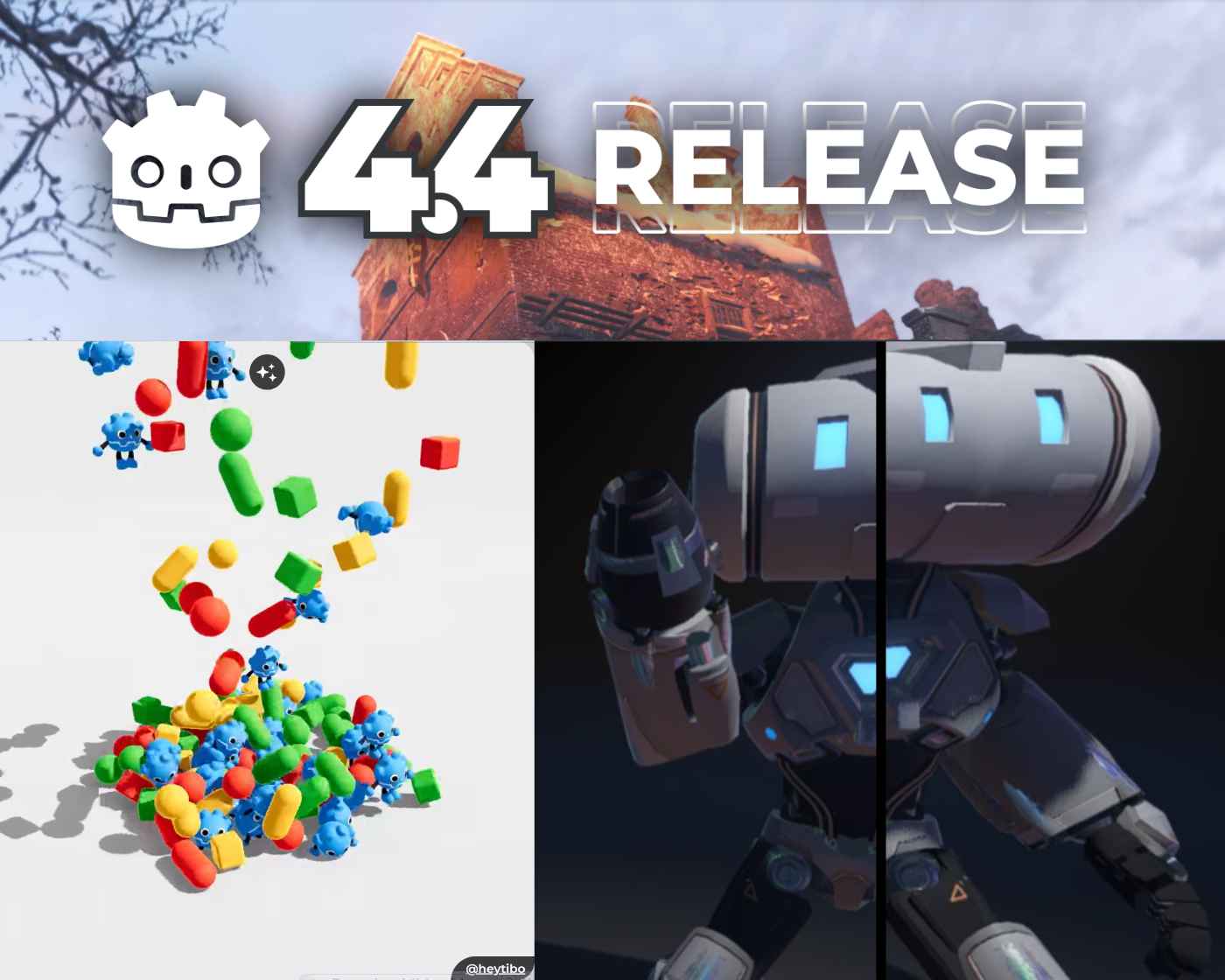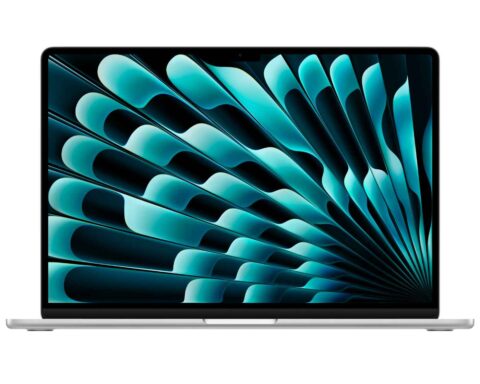The Godot game engine has just dropped version 4.4, and it’s a massive leap forward for developers. Released on March 3, 2025, this update packs nearly 3,000 commits from over 500 contributors, delivering powerful new features, performance boosts, and quality-of-life enhancements.
Whether you’re crafting 2D pixel art or immersive 3D worlds, Godot 4.4 has something to streamline your workflow and elevate your projects. Here’s a rundown of the standout upgrades.
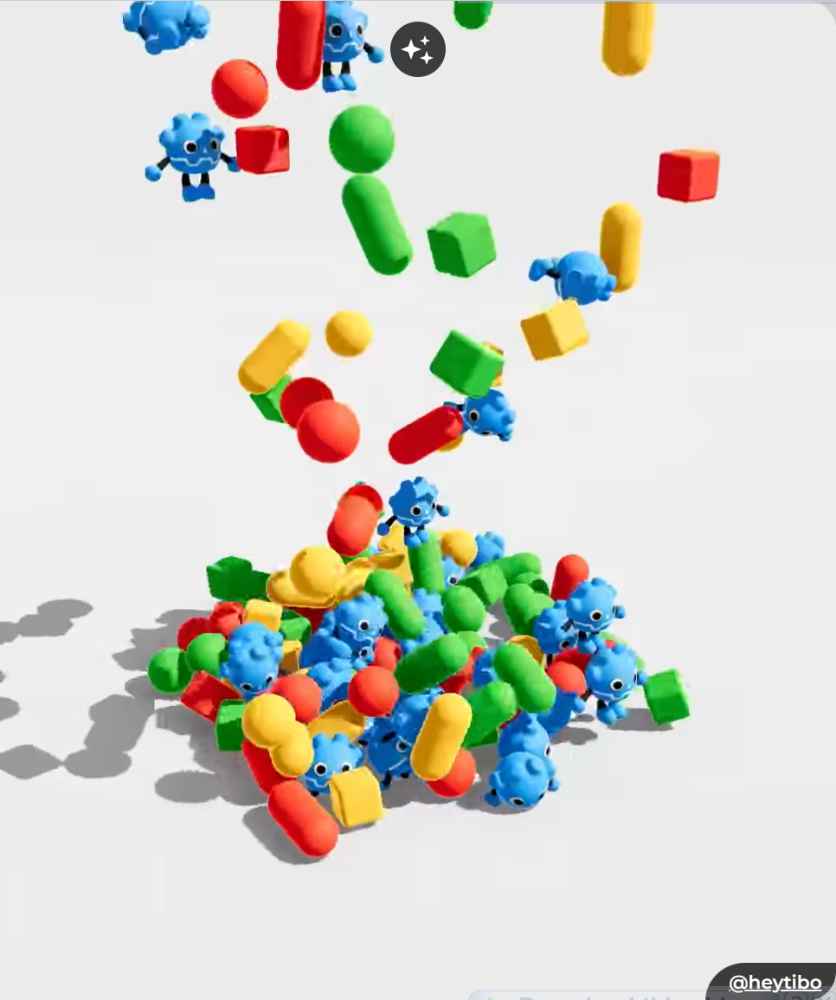
Jolt Physics Joins the Family
Godot 4.4 officially integrates Jolt Physics, a high-performance, open-source physics engine previously available as an extension since late 2022. Jolt, designed for video games, excels in rigid body dynamics and collision detection, offering better stability and multi-core efficiency compared to Godot’s default physics system.
While still labeled “experimental” (you’ll need to enable it in project settings), its inclusion—thanks to creators Mikael Hermansson and Jorrit Rouwe—marks a step toward making it the default 3D physics engine. Developers can expect smoother, more accurate simulations, though some features from Godot Physics are still catching up.
Subscribe our Youtube channel @wiladio for more interesting video about Design, Science, Tech, and Game

Smarter Window Management
Say goodbye to juggling multiple windows. Godot 4.4 introduces embedded game windows, letting you run your game directly within the editor. This is a boon for developers on laptops or single-monitor setups, saving precious screen space and reducing clutter. Available on Linux, Windows, and Android (with macOS support pending), this feature streamlines testing and debugging without sacrificing functionality. It’s a small change with a big impact on workflow efficiency.
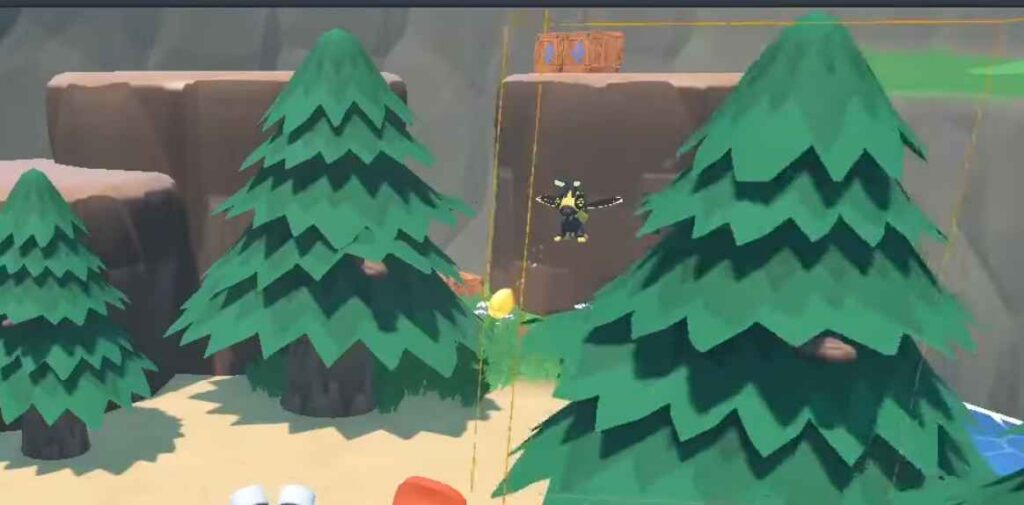
Live Editing: Tweak While You Play
Ever wished you could tweak your game mid-run? Now you can. Godot 4.4’s interactive in-game editing lets you modify scenes, adjust properties, or fix bugs while the game is running or paused—all from within the editor. This real-time flexibility speeds up iteration, making it easier to perfect gameplay without constant restarts. It’s a feature that brings Godot closer to the polish of commercial engines, tailored for rapid prototyping and fine-tuning.
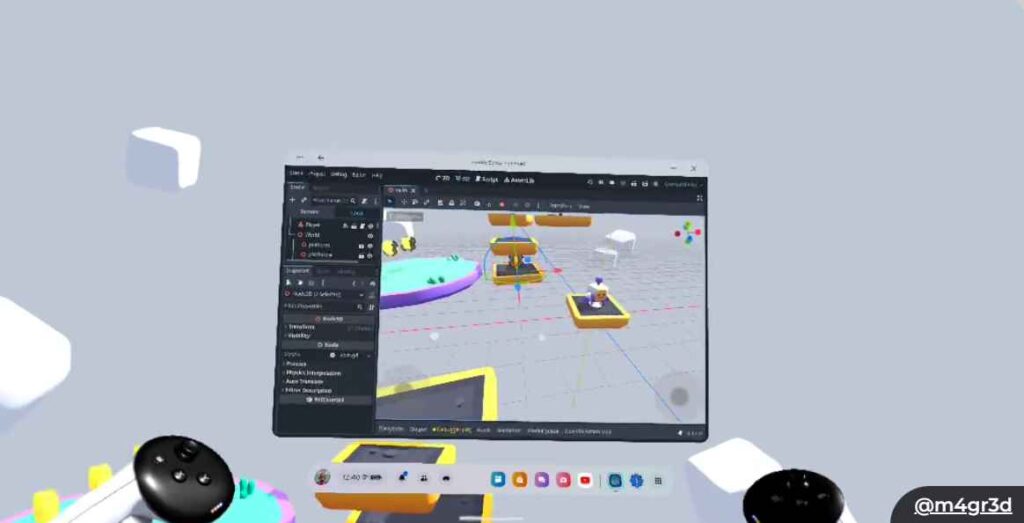
XR Gets a Boost: Editor in Headsets
The Godot Editor itself is stepping into virtual reality. Version 4.4 adapts the Android editor for XR headsets like the Meta Quest 3 and Quest Pro via OpenXR, with PICO 4 Ultra support on the way. Available through the Horizon Store, this lets developers build and test XR projects directly in a headset. Combined with broader XR enhancements (like Metal rendering support on macOS), it’s a clear sign Godot is serious about immersive tech, opening doors for VR and AR creators.
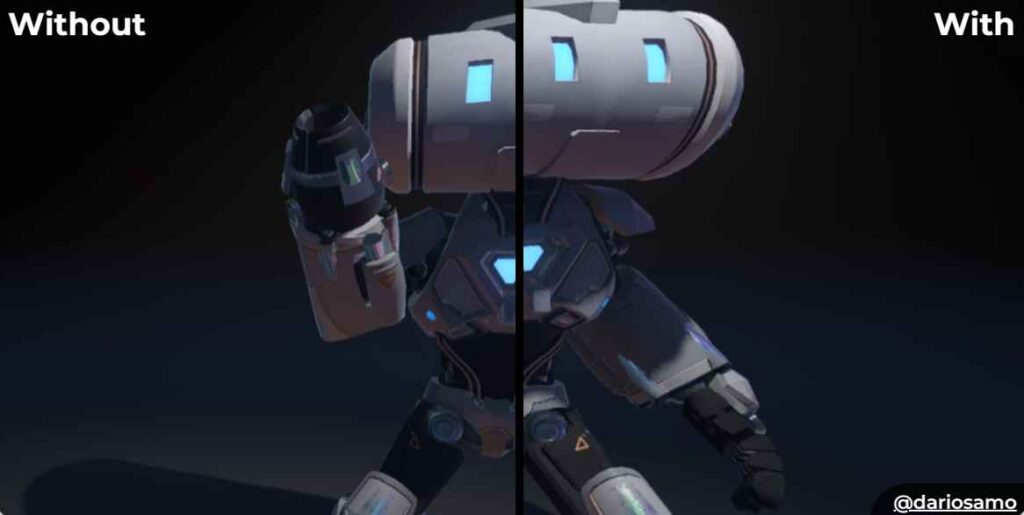
Ubershaders: Smoother Visuals, Less Stutter
Shader compilation stutter has long been a pain point in game development. Godot 4.4 tackles it with Ubershaders—pre-compiled, feature-packed shader variants loaded at startup. These act as fallbacks while optimized shaders compile in the background, cutting out those annoying freezes during gameplay. It’s a noticeable win for high-refresh-rate displays and mobile games, ensuring a fluid experience without sacrificing visual quality.
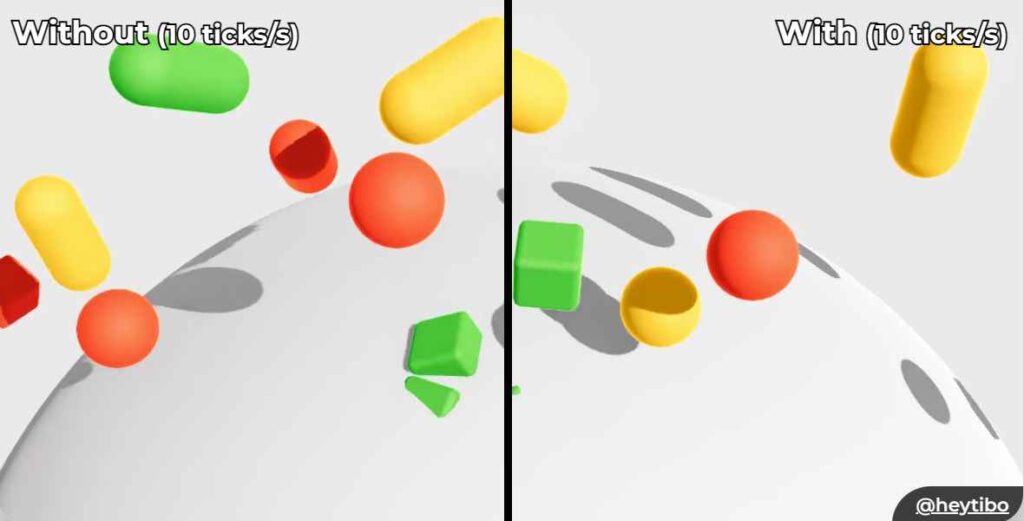
3D Physics Interpolation: Jitter Be Gone
Building on Godot 4.3’s 2D physics interpolation, 4.4 extends this jitter-reducing magic to 3D. By decoupling physics ticks from frame rates, it generates extra frames between physics updates, smoothing out movement—especially on high-refresh-rate screens. Mobile developers can lower tick rates to save CPU power without losing that silky feel. Enable it in project settings, and watch your 3D worlds glide effortlessly.
AgX Tone Mapping: Cinematic Flair
Rendering gets a glow-up with AgX tone mapping, borrowed from Blender’s playbook but simplified for real-time use. This algorithm delivers a movie-like quality, handling bright scenes with finesse that outshines Godot’s older options like ACES or Filmic. It’s perfect for developers chasing a polished, cinematic aesthetic without bogging down performance—a subtle but striking upgrade.
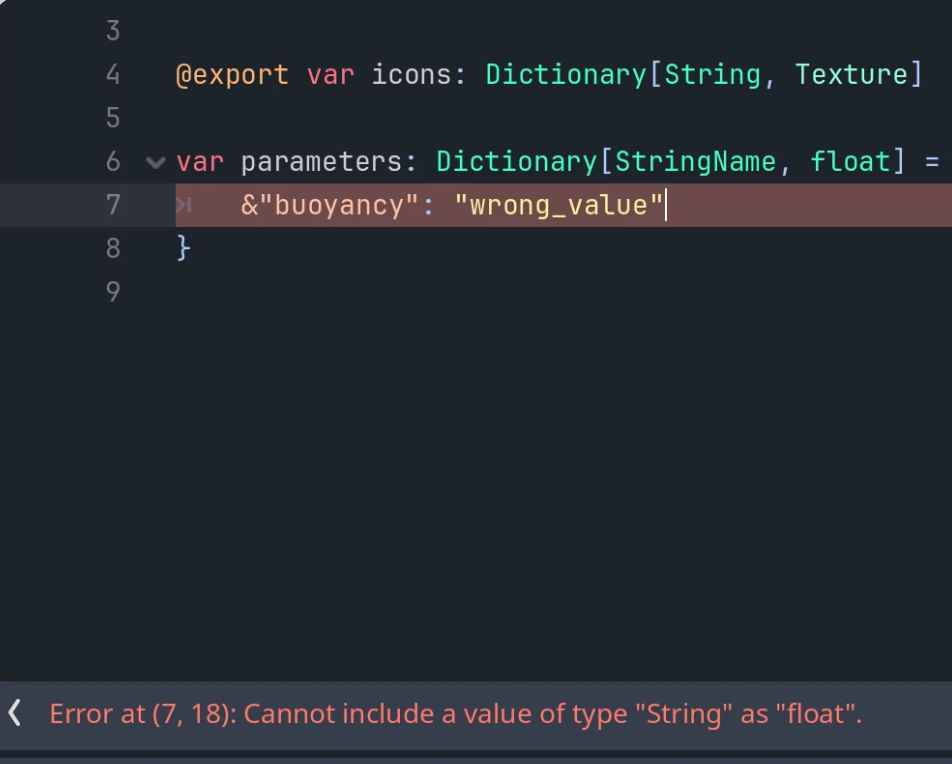
Typed Dictionaries: Cleaner Code
GDScript users, rejoice: typed dictionaries are here. This update brings stricter typing to Godot’s Dictionary type, affecting the core engine and all scripting languages. The Inspector now supports assigning keys and values directly, making data management more intuitive and less error-prone. It’s a small tweak that coders will appreciate for cleaner, more reliable scripts.
Why Godot 4.4 Matters
Godot 4.4 isn’t just a patch—it’s a statement. With Jolt Physics laying groundwork for future defaults, workflow upgrades like embedded windows and live editing, and forward-thinking XR support, it’s clear the engine is maturing fast. Add in performance perks like Ubershaders and 3D physics interpolation, plus visual polish from AgX, and you’ve got a free, open-source tool that’s punching well above its weight. Whether you’re a solo dev or a small team, this release (available now at godotengine.org) makes creating games smoother, smarter, and more fun. Time to dive in and build something epic!
THE END
More articles: https://wiladio.com



